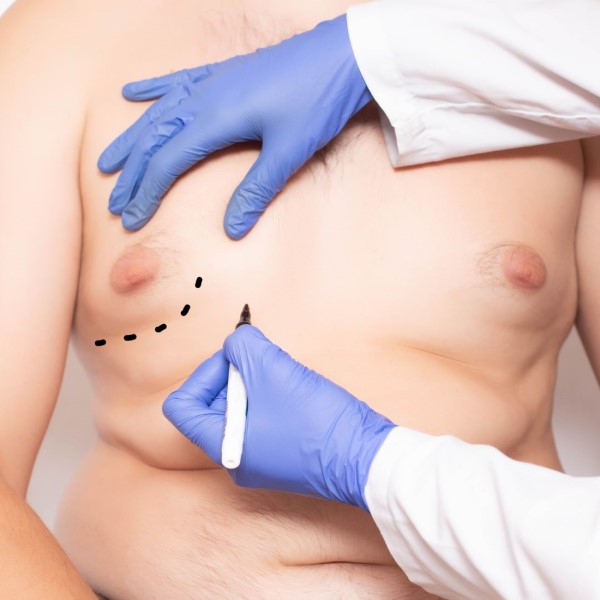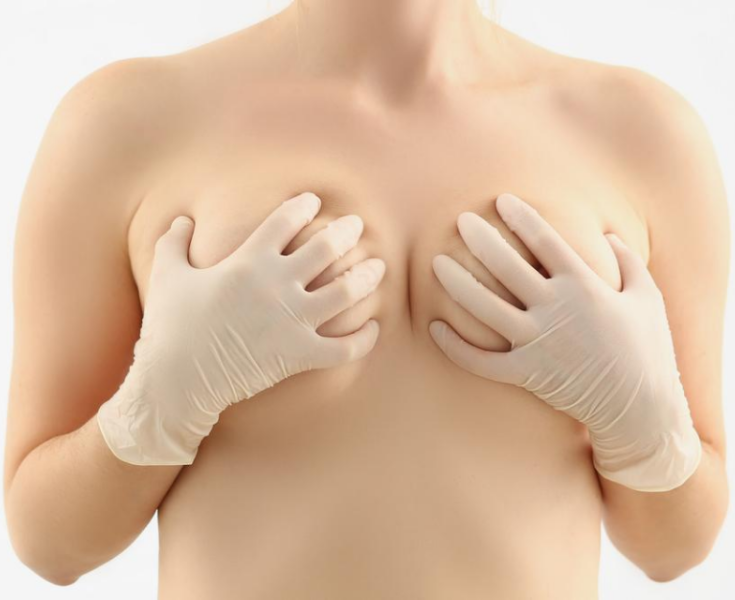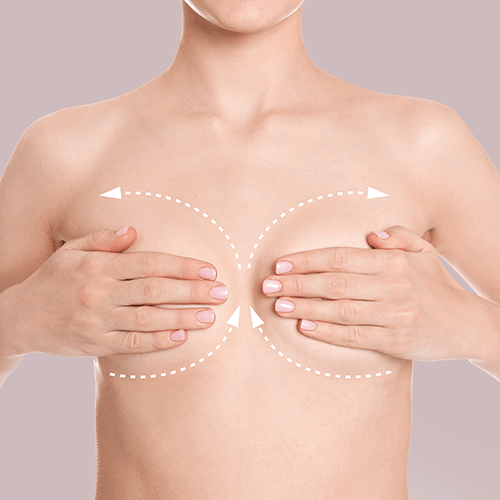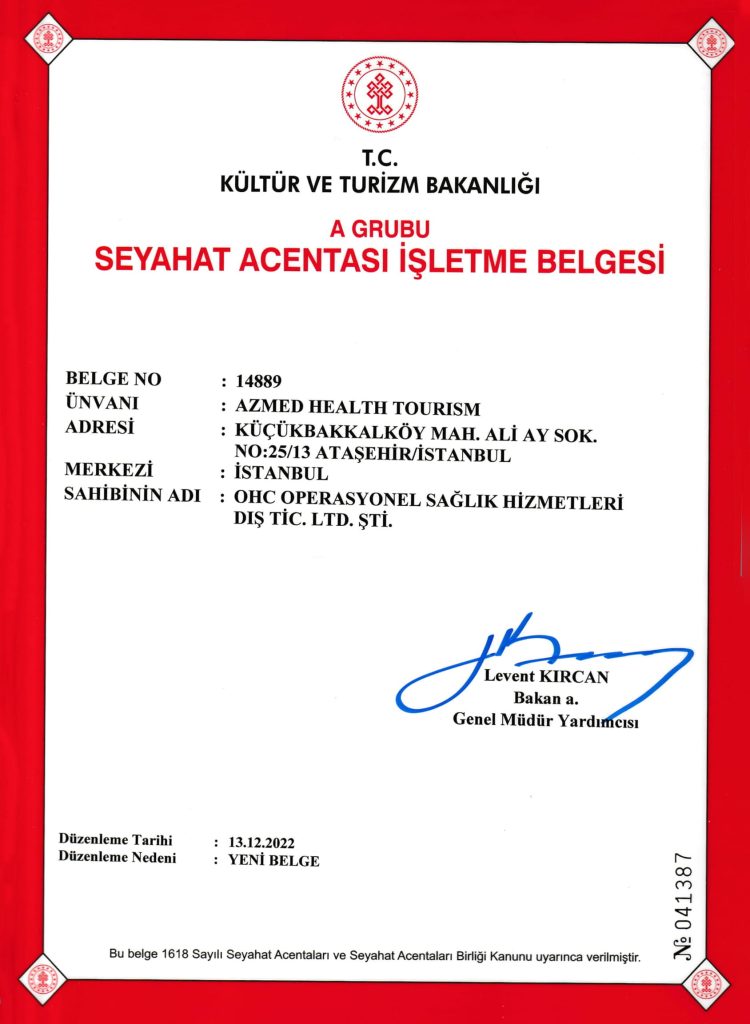Gynecomastia
Structurally, the male breast is not much different from the female breast. The only reason the male breast is small is that there is not enough female hormone in the male body.
However, in some cases, the male breast begins to grow on its own and almost takes the form of a female breast. This is a disease and is called “gynecomastia” in medicine.
What Causes Gynecomastia?
Gynecomastia can have many causes. Some diseases, such as severe liver disorders such as cirrhosis, and some drugs, such as a once popular stomach medicine (cimetidine), can cause gynecomastia. However, in the vast majority of gynecomastia cases, there is no cause. In other words, this disease mainly occurs spontaneously without any reason.
Most bodybuilders have gynecomastia. This is due to the high amount of male hormones they use as a stimulant. When the male hormone is destroyed after it is used in the body, an intermediate substance similar to the female hormone emerges, and this causes the breasts to grow in high amounts. Turkey’s most commonly used drugs are Primobolan, Sustanon, and anapolan. Anapolan especially causes severe gynecomastia, but these athletes prefer it because it is very effective and can be taken as a pill.
Are There Any Non-Surgical Solutions to Gynecomastia?
Once gynecomastia occurs, the growing breast tissue must be removed. It is not expected to regress with hormonal treatments.
If the growing mammary gland is soft and oily, only liposuction, or side, fat removal surgery may be sufficient. But complex and significant gynecomastia needs to be removed with the open technique. However, this is not a scar operation. A semicircular incision is made under the nipple, at the junction of the skin and the colored part, and the mammary gland is removed from here. If necessary, liposuction is also performed.
This is a minor surgery. It takes an hour on average. It’s not a painful surgery no need to stay in the hospital. Dressings are removed after two days and can be washed on the third day. You can return to work on the fourth day.
Who Should Have This Surgery?
Doctors recommend this surgery for all men with gynecomastia. This is difficult for a man to bear, creating psychological problems, especially in young people.
Complications and Possible Problems in Gynecomastia
There is almost no chance of severe bleeding in this type of surgery. Bleeding may result in blood accumulation, or “hematoma,” on one side of the breast. If it continues, your doctor may take you back to the operating room to clear this build-up and stop the bleeding.
Likewise, a unilateral swelling around the fifth day after the operation may indicate infection. Again, the solution will be to clear the infection and, of course, antibiotic treatment.
Asymmetry is among the problems that may be encountered after this surgery. In rare cases, a retouching operation may be required in severe asymmetries.
What to Expect Before and After the Gynecomastia Surgery?
This is a small operation in terms of size and difficulty. It is not a painful surgery. Generally, patients can be discharged on the same day and return to work after 3-4 days.
The first night can be relatively rough. Usually, a simple oral pain reliever is sufficient. This surgery is an intervention where severe bruising and swelling are not expected.
It will be enough to allocate four days for this surgery if you are working.
Gynecomastia Report Card
Type of anesthesia: Local anesthesia is sufficient.
Where the surgery should be performed: In a hospital and operating room.
Surgery time: 1 hour.
Length of hospital stays: You can be discharged on the same day.
Post-operative pain – distress: There may be a slight tingling for a few days. There is little pain in arm movements, especially in the first few days. Usually, simple painkillers taken by mouth are sufficient.
Swelling, bruising: 5-10 days, moderate.
Drain: It is unlikely that gutters should be used. Drains are removed the next day.
Dressing: It is completely removed in 2-3 days.
Stitches: There are usually no stitches to be removed.
When to return to work: 3-4 days.
Driving: After 3-4 days, you can drive significantly when the sensitivity in arm movements decreases.
Return to daily life: There is mild pain in arm movements for a few days after the surgery. This is the pain caused by the actions of the chest muscles on which the breast is located.
Sports: Long walks after two weeks, jogging after three weeks. Sports such as fitness and tennis, in which the arms are used, can be started after four weeks.
Final shape: The hardness that occurs the first time passes after the third month.
Date:
November 12, 2022






